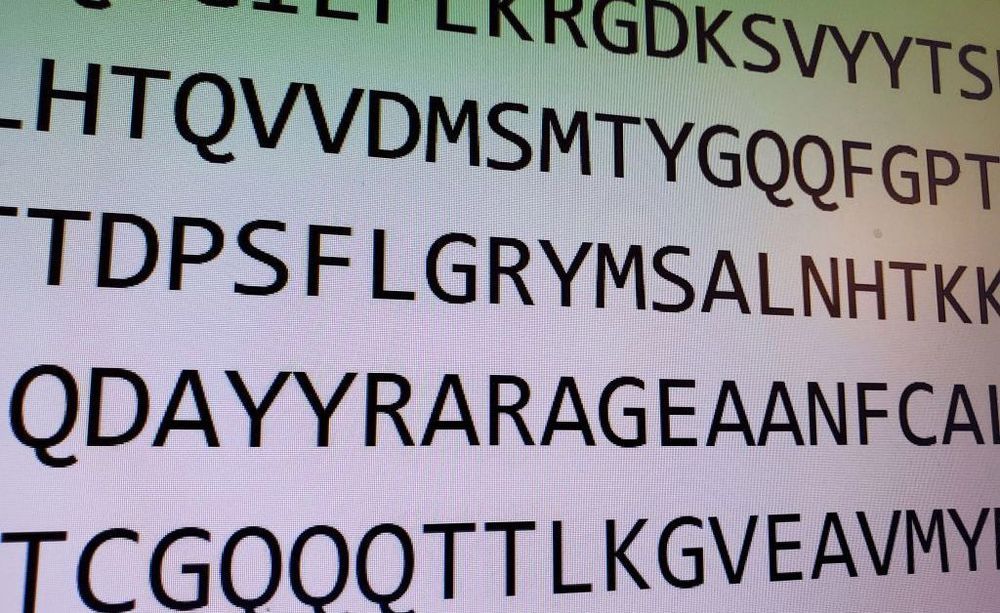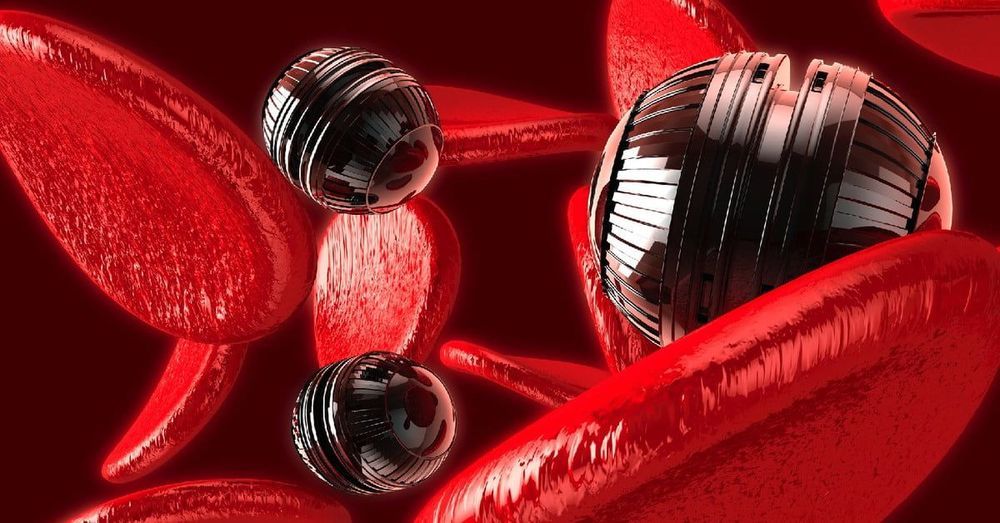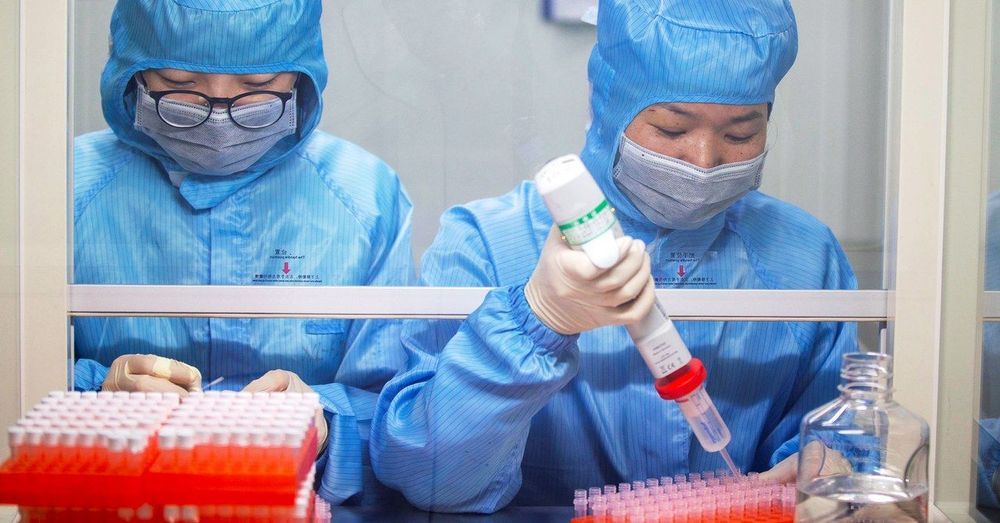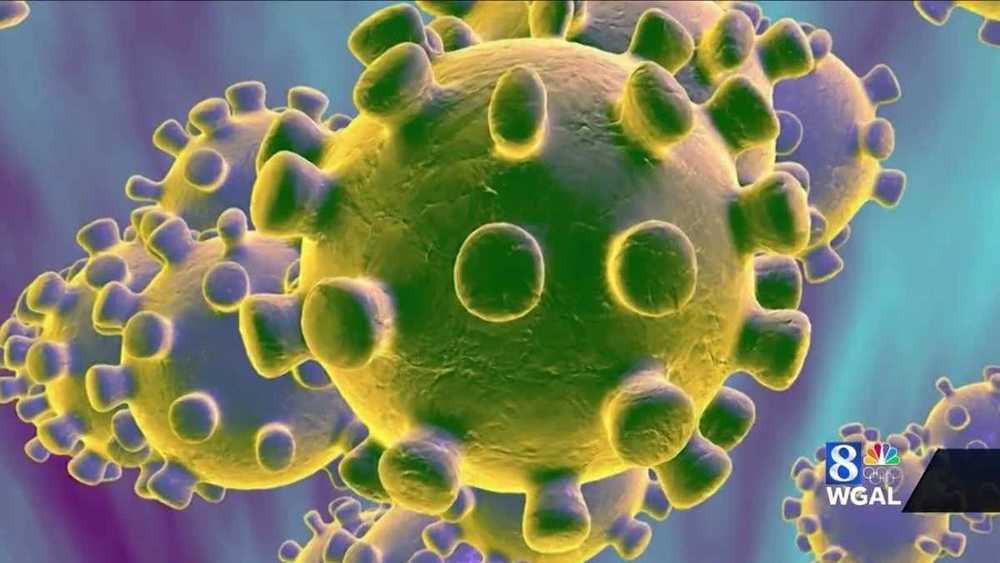What is Coronavirus According to the World Health Organization[i], Coronaviruses (CoV) are a large family of viruses that cause illness ranging from the common cold to more severe diseases such as Middle East Respiratory Syndrome (MERS-CoV) and Severe Acute Respiratory Syndrome (SARS-CoV).
What is 2019 Novel Coronavirus (2019-nCoV) The 2019 Novel Coronavirus (2019-nCoV) is a new strain of coronavirus that was first identified during an investigation into an outbreak in Wuhan, China. It’s important to note that how easily a virus spreads person-to-person can vary. Some viruses are highly contagious, while other viruses are less so. Investigations are ongoing to better understand the transmissibility, severity, and other features associated with 2019-nCoV, but there are indications that person-to-person spread is occurring[ii].
Know the Coronavirus Symptoms According to the CDC, patients with confirmed 2019-nCoV infections have reported mild to severe respiratory illnesses with symptoms including:







